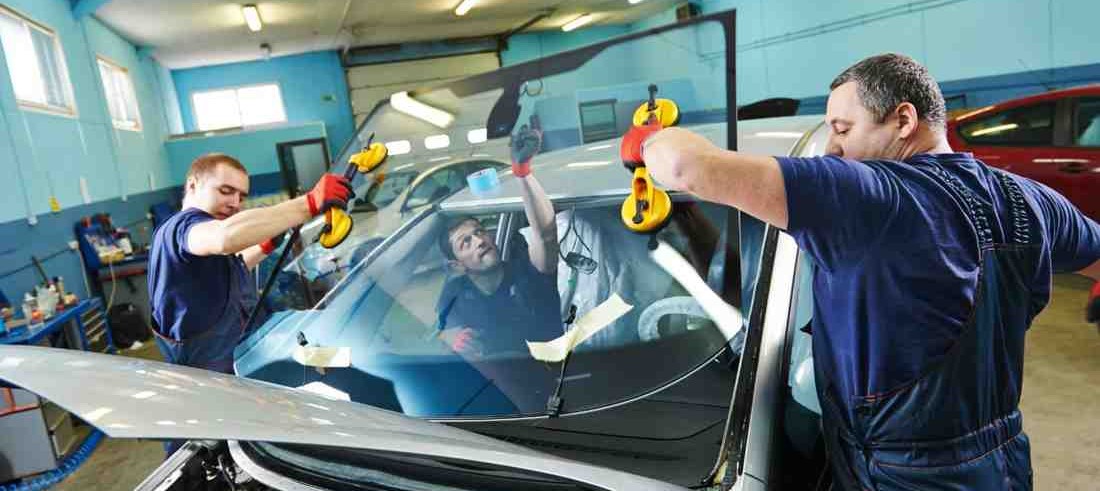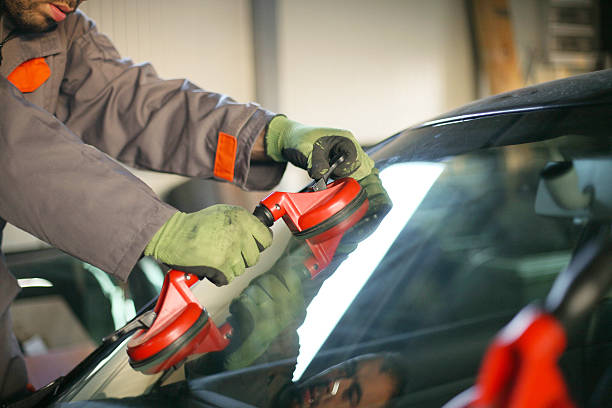
Valley Auto Glass Repair
Clear Views, Expert Service - Van Nuys' Choice for Auto Glass Repair!
(747) 877-9228
Clear Views, Expert Service - Van Nuys' Choice for Auto Glass Repair!
(747) 877-9228Envision your car's windshield as a steadfast guardian, standing resilient against the whims of wind, rain, and even the occasional bug splatter. Yet, beneath its protective facade, this vital component endures the subtle wear and tear that can easily evade notice. Recognizing the importance of maintaining an unobstructed view, it becomes imperative to acquaint yourself with the art of inspecting your car's windshield for potential signs of damage.
This guide, crafted for simplicity, aims to be your companion through a step-by-step exploration, ensuring your windshield remains in optimal condition. By familiarizing yourself with the early indicators of wear and addressing them promptly, you not only extend the lifespan of your windshield but also guarantee a clear and secure journey on the open road. So, let's embark on this journey together, rolling up our sleeves to navigate the uncomplicated world of windshield inspection – a task simpler than you might imagine!

Before you begin your inspection, give your windshield a good cleaning. Use a gentle glass cleaner and a soft cloth to remove any dirt, grime, or residues that may be masking potential issues. A clean windshield allows for a more accurate assessment of its condition.
Examine the entire surface of the windshield for any chips or cracks. Focus on the edges as well, as this is where damage often starts. Chips may appear as small dings, while cracks can vary in length. Even minor chips can develop into more significant problems if left unaddressed, so it's crucial to spot them early and understand the importance of safety glass.
Wiper blades play a vital role in maintaining visibility during rain or snow. Check the condition of the wiper blades for any signs of wear, such as fraying or cracks. If you notice any issues, consider replacing the wiper blades to ensure they effectively clear your windshield without causing scratches.
Pitting and pockmarks are tiny indentations on the windshield caused by gravel, sand, or other debris. While these may seem minor, they can catch sunlight and cause glare, impacting visibility. Inspect the windshield for these small indentations, especially in areas that are prone to road debris.
Over time, exposure to the elements can cause your windshield to become hazy or cloudy. This can affect the clarity of your view, particularly when driving towards the sun. Inspect the windshield for any haziness and consider using a specialized glass polish to restore clarity if needed.
The rubber seal around the windshield is crucial for preventing water leakage and maintaining the structural integrity of the glass. Inspect the seal for any signs of wear, cracking, or detachment. If you notice issues, have the seal repaired or replaced promptly to prevent water damage and potential windshield instability.
Don't forget to check the interior of your windshield. Look for any film, streaks, or hazing on the inside surface. Interior issues can be caused by factors like smoking or the release of volatile organic compounds (VOCs) from the car's interior. Regular cleaning can help maintain clear visibility.
Discoloration on the windshield, often seen as a yellowish tint, can occur due to exposure to sunlight and environmental pollutants. While this may not impact visibility, it can affect the aesthetics of your windshield. If discoloration bothers you, consider consulting a professional for advice on restoration or replacement.
Extreme temperature changes can lead to thermal stress on your windshield, resulting in temperature cracks. These cracks may appear as straight lines and can compromise the structural integrity of the glass. Be vigilant for any such cracks, especially if you live in an area with significant temperature fluctuations.
If your windshield has undergone repairs in the past, inspect those areas for any signs of deterioration. While repairs can be effective, they may not last indefinitely. If you notice issues with previous repairs, assessing repair or replacement might be the next step for ensuring your vehicle's safety.
Inspecting your car's windshield doesn't require advanced automotive knowledge – it's a simple yet crucial task for every car owner. By taking the time to examine your windshield regularly, you can catch potential issues early on and address them promptly. This not only ensures a clear and unobstructed view on the road but also extends the life of your windshield. Remember, a well-maintained windshield contributes to a safer and more enjoyable driving experience. So, grab that glass cleaner and cloth, and give your windshield the attention it deserves. Your trusty guardian will thank you with a clear view of the open road ahead!